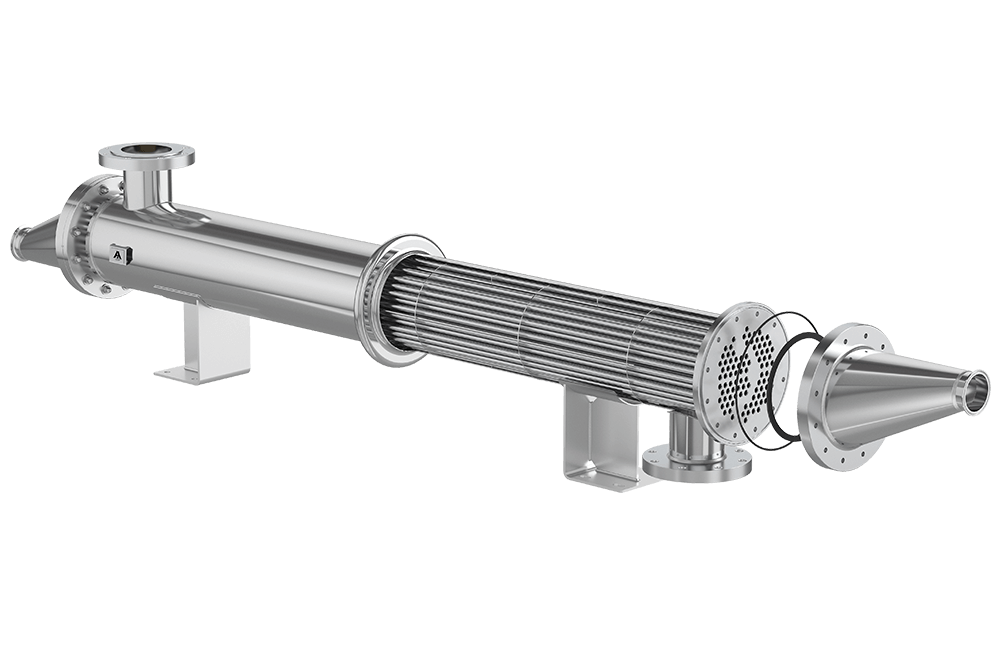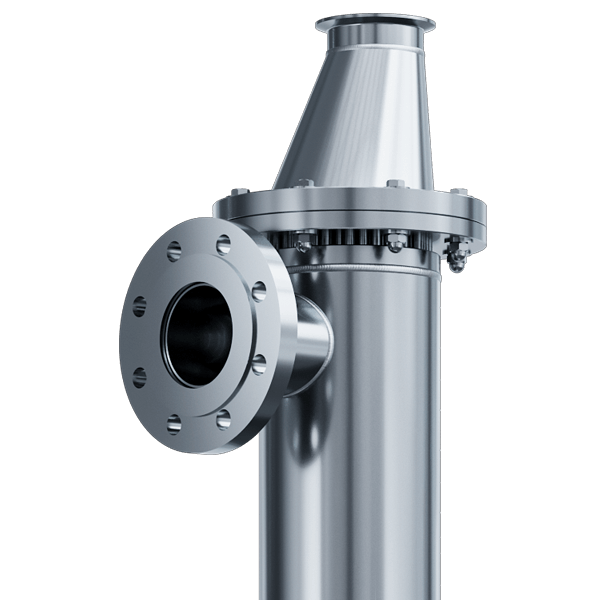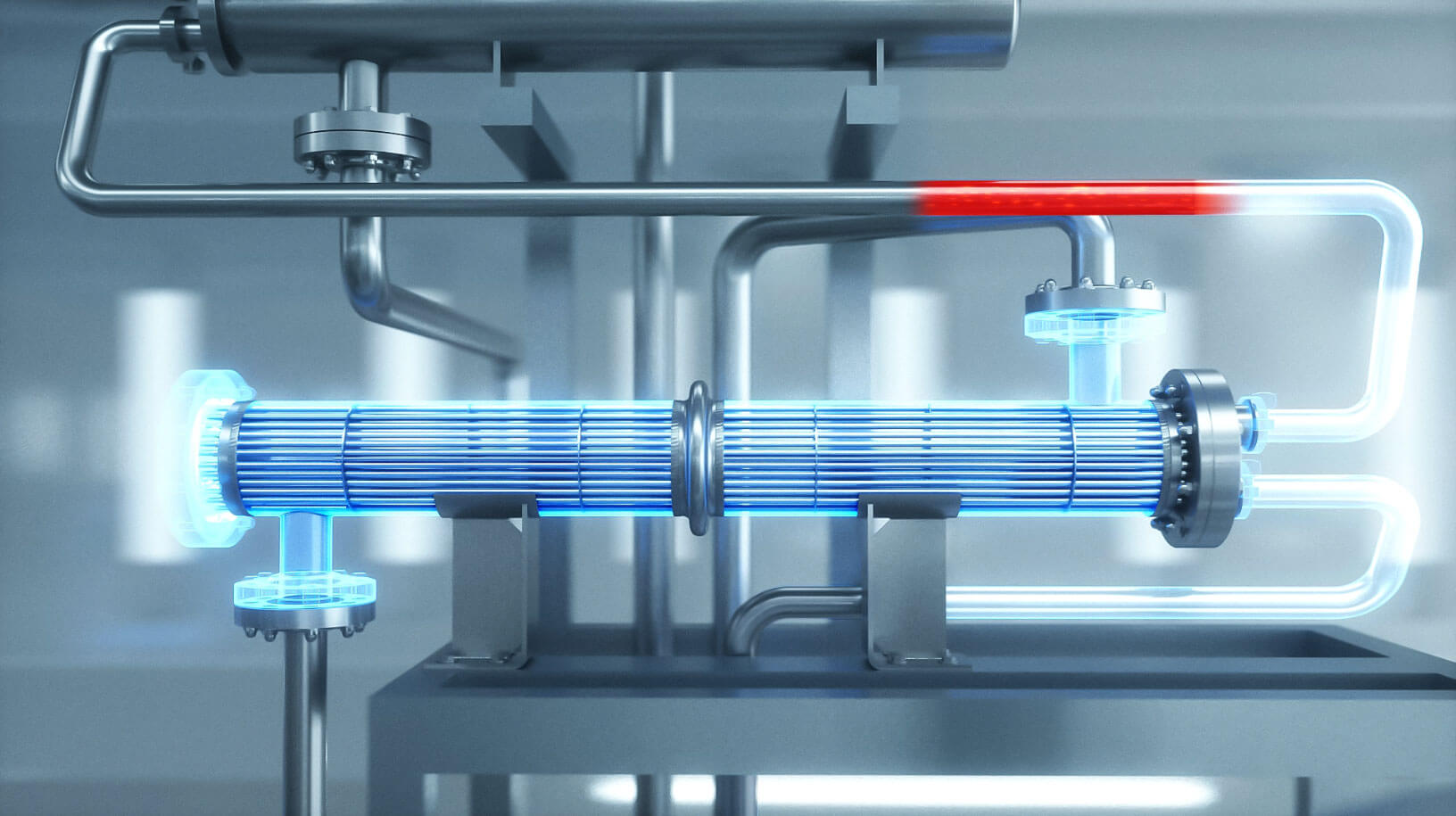Hexonic P-line heat exchangers meet the challenges offered by the pharmaceutical industry. They also meet its restrictive hygienic standards imposed by inspection authorities and the industry.
They were designed so to minimize the risk of contamination and ensure safe and sterile operation. Thanks to the double tubesheet, the exchanger prevents mixing the pharmaceutical product with the other medium even in the case of leakage and allows for immediate detection of potential malfunction.
Thanks to the tubes with low roughness and proper connector placement, the connector can be completely emptied using only the force of gravity. The polished inner tube surfaces hinder sediment accumulation, which is crucial for maintaining high hygienic standards in the pharmaceutical industry. The exchanger design also ensures very low pressure losses, while high quality materials ensure long-term and safe operation.
Features
- Designed to operate in pharmaceutical production, meets the highest hygienic standards
- 3-A certified
- Manufactured in accordance with cGMP, PED, ASME
- Double tube sheet constitutes additional protection for the pharmaceutical product before mixing it with the other medium
- Surfaces that come into contact with pure medium have been polished to Ra ≤ 0.5 µm/19,7 µin roughness, which allows for precise exchanger cleaning
- Made entirely of stainless steel
- One, two or four pass design
- Horizontal and vertical models available
Design
-
Head
-
Triclamp connection
-
Certified gasketsmade of silicone and Viton and clean side Triclamp connections
-
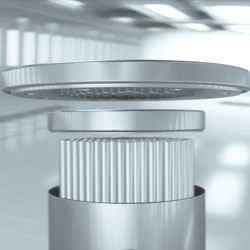 Double tubesheetreduces the risk of media mixing in case of potential leakage
Double tubesheetreduces the risk of media mixing in case of potential leakage
-
Straight stainless tubeswith diameter 8 mm or 12.7 mm
-
Corrugated tube option for enhanced flow turbulencewith diameter of 8 mm
-
Expansion jointusing the method of pressure expansion with clean water at pressures up to 6000 bar, which eliminates the risk of damaging their internal surface
-
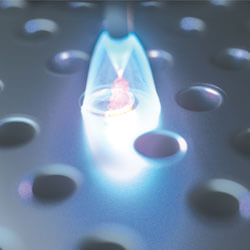 Tubes are connected with tubesheetsusing the pressure expansion method with pure pressurized water up to 6000 bar, which eliminates the risk of damaging their inner surface
Tubes are connected with tubesheetsusing the pressure expansion method with pure pressurized water up to 6000 bar, which eliminates the risk of damaging their inner surface
-
 Tubes are connected with the external tubesheetthe tubes, expanded using the pressure method, are welded to the external tubesheet using pure argon shield method
Tubes are connected with the external tubesheetthe tubes, expanded using the pressure method, are welded to the external tubesheet using pure argon shield method
